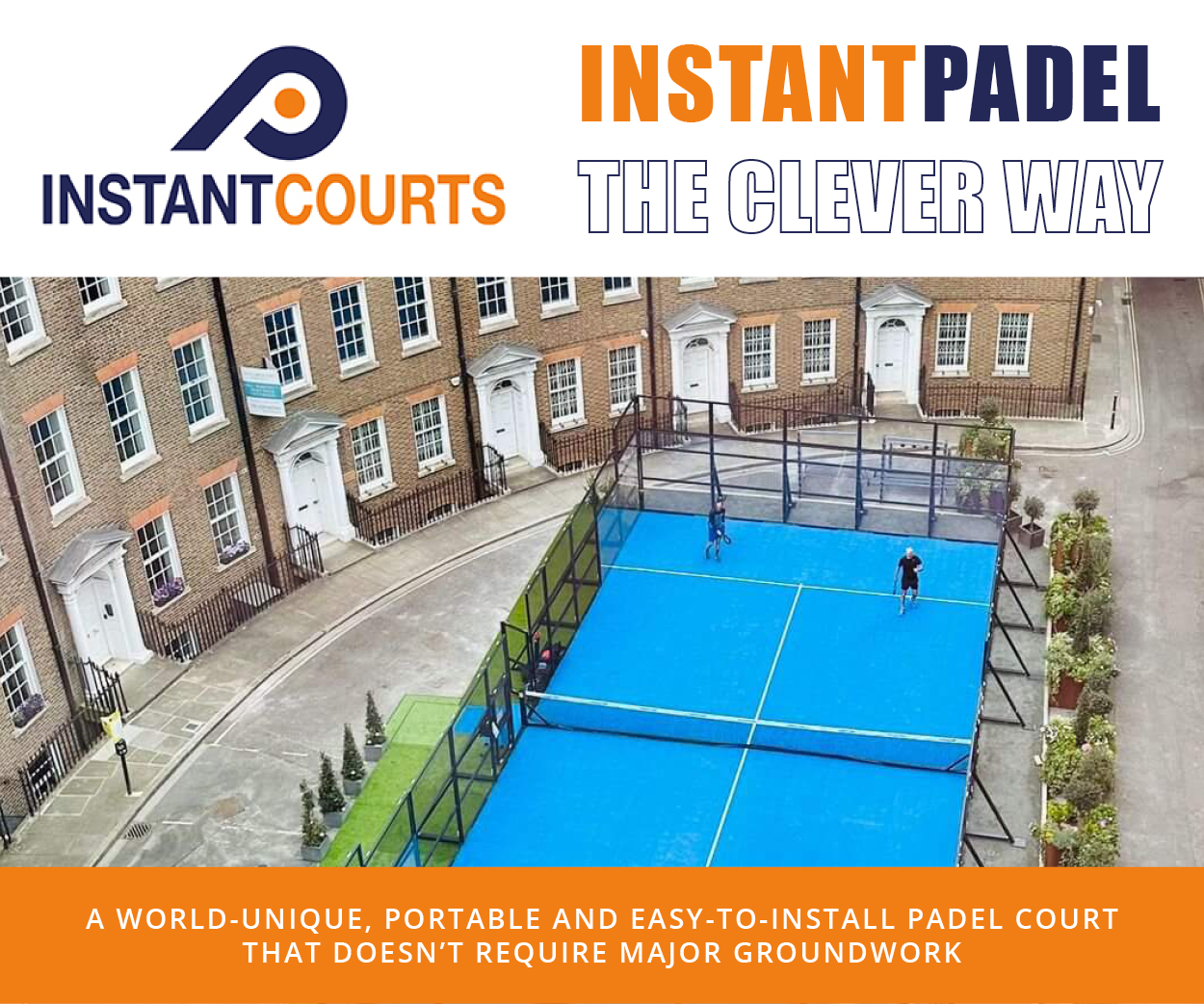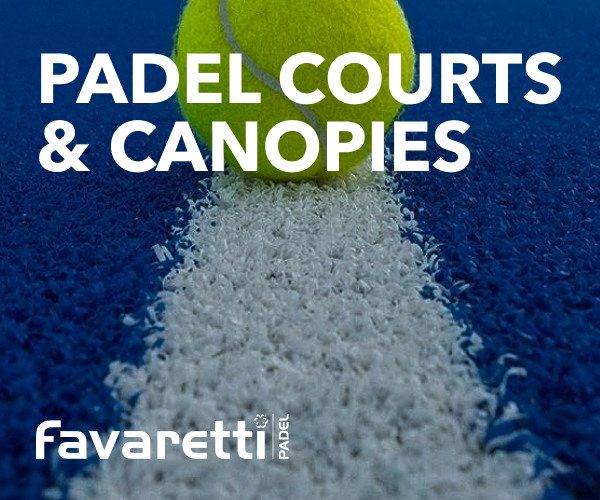Since its introduction, padel tennis – popularly referred to as just padel – has seen immense growth. People are quickly becoming fans of the sport due to its unique blend of squash and tennis. Everyone wants to be a part of this fast-growing community filled with recreational athletes and spectators.
However, this new sport can be rather confusing to follow. It comes with its own rules that you must understand to enjoy every minute of the game. Luckily, this guide explores everything you need to know as a new padel-tennis fan. Read on to get your paddle in the game, and never miss a moment.
Getting the Basics Right
Padel falls under the racket sports category and borrows ideas from tennis and squash. For starters, the players play doubles on an enclosed court about a third the size of a standard tennis court. The scoring system is similar to that in tennis, with players having to compete in sets.
The difference comes in the gameplay, which is pretty distinct. The court is fully enclosed with walls that are part of the game. Players can use these mesh or glass walls to bounce the ball off, just like squash.
Each place has a solid racket with perforated holes, and the ball is less pressurised than a normal tennis ball. This gives the game a much slower bounce, which means players have to strategically weigh their swings. The longer rallies make it quite an interesting sport that is more accessible to new players.
Why Padel-Tennis is Gaining Popularity
Padel is a social sport that is designed for accessibility. Its social nature is rooted in the doubles-only format, which encourages communication within the game. Therefore, it is ideal for groups that want to have fun and build camaraderie.
Equally important, padel tennis is far less intimidating for beginners than traditional tennis. It is less physically demanding and easier to pick up, especially when you have played tennis or squash in the past. For this reason, padel attracts players of all ages – from former athletes to children.
Today, Padel has become such a big community that online sportsbooks such as Betway let you place bets on games. You can wager on several aspects, including the match’s outcome, correct score, or other specific events. Ensure you follow top players, tournaments, and off-court factors such as injuries to find value in your bets.
Key Rules and Terms in Padel Tennis
You must understand the basic rules and terminology of padel to fully enjoy the sport. To begin with, the game follows the popular 15, 30, 40 tennis game scoring system. There are six games to win a set, and players must participate in a tiebreaker in case of a 6-6 draw. Finally, you must always serve underhand and ensure the ball bounces once before hitting the receiver’s box.
Ensure you familiarise yourself with these rules to find the game more engaging. For instance, padel – unlike tennis – allows you to reserve in case the ball hits the net, but somehow manages to land correctly in the service box.
Equipment and Setup
If you are transitioning from watching to playing padel, you must understand the basic equipment. The rackets differ from tennis rackets – they are lighter and shorter with a perforated surface rather than strings. They are mostly made of composite materials that give you more balance and control.
You get to pick your racket shape based on your skill level. The round shape is mostly well-balanced and great for beginners, while the diamond shape is best for attacking players who need maximum power. The teardrop shape, however, is for the all-round player looking for power without compromising control.
Padel tennis has a much smaller court than tennis. It is a 10m x 20m space with the walls and fence forming part of the field. The net is also placed lower than in tennis, and the pace of play favours positioning over strength.
The Final Serve
Becoming a padel fan gives you more than just the thrill of the game. It also ensures you become a part of a movement – a community that values and enjoys the sport. You get to experience grassroots authenticity as clubs prioritise community building over commercialising the sport.








































